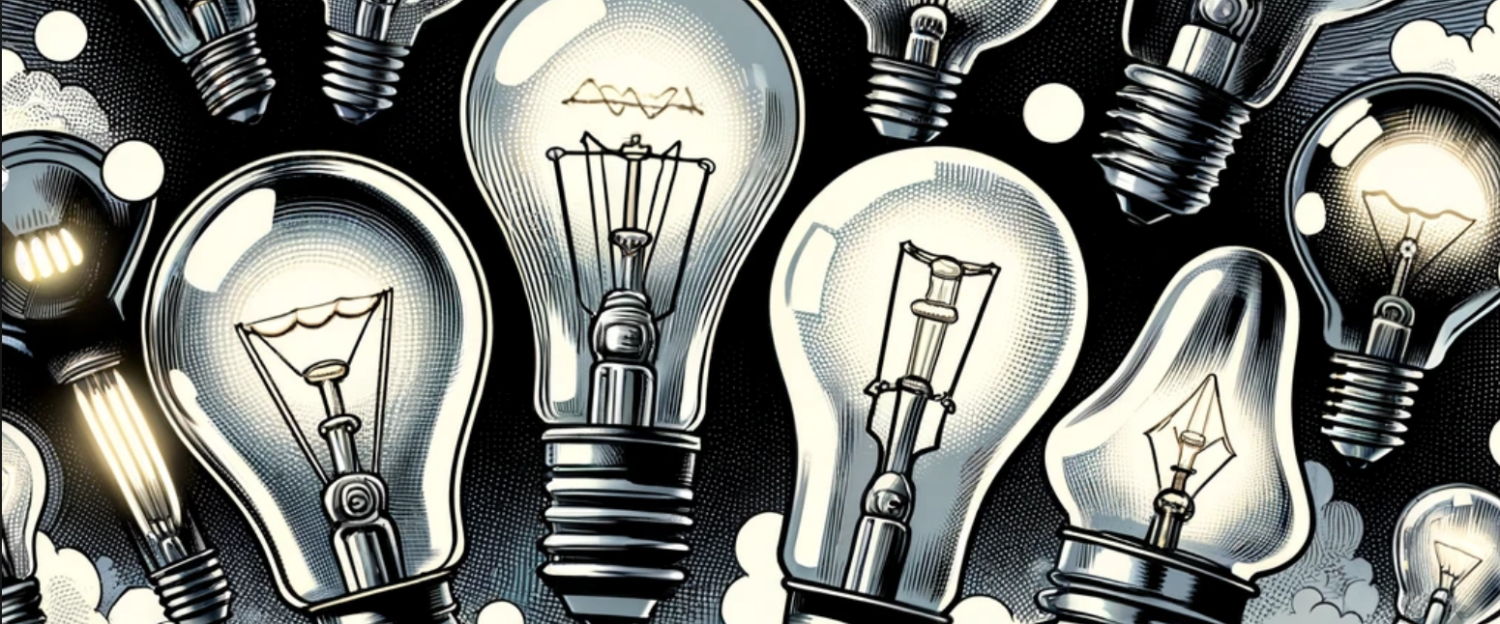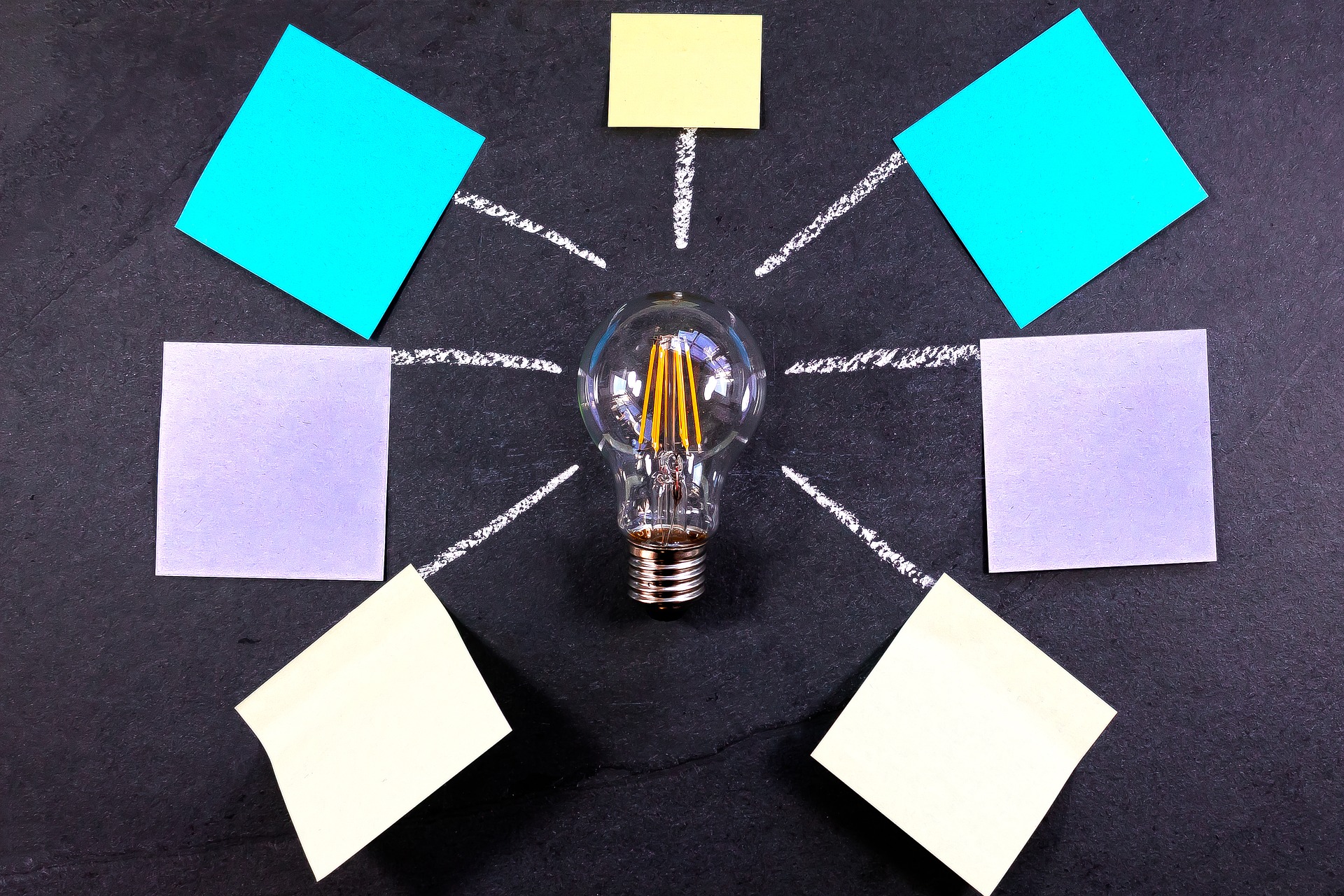While consensus has its place in decision-making, it can’t get to the hard answers and narrowing down ideas elicited by the group is one place where group decisions would never get anywhere.
In a recent post from The Innovationist titled The Hard Part: Sorting through all these ideas (quoted above)Â the suggestion was made that you should crowdsource or at least brainstorm ideas with the large group and then leave the real decision making up to one or at most the chosen few.
For some organizations this works well. Certain types of groups are better at combining their collective intelligence. Groups with higher overall social sensitivity consistently perform better in both ideation and decision-making. In all types of groups the more diverse the group is, the better it performs.
For other organizations however this is backwards… or upside down. Yes, I know the research on this is all over the place but it leans one way. That way suggests two things. First, brainstorming does not work well for generating great ideas. Second, groups make better decisions than individuals.
In brainstorming situations people too easily fall into group think and/or adjust their brilliance to a level that doesn’t offend. This is often subtle and subconscious so virtually impossible to adjust for. Biases like in-group, out-group, polarization, and social loafing often result in less than spectacular ideas.
Most people believe that idea generation is best performed in groups However, controlled research has consistently shown that people produce fewer ideas and ideas of lower quality when they work in a group as compared with when they work alone. Thus, contrary to popular belief, group interaction inhibits the ideation process. (Nijstad & Stroebe)
Build a better brainstorm
To adjust for and address this, the best way to conduct a brainstorm is to deconstruct it. Ask people to brainstorm on their own AND if trust is an issue then provide a way to collect ideas anonymously. This will allow for the best range of ideas and will make it more likely that the outlier’s often unique ideas will be added to the mix.
Once you have your ideas, then and only then, should you share them. Affinity charting is a great way to cluster ideas into more manageable categories in a face to face group. Once that’s done the next and critical sieve to push ideas through is that of the values, vision, and mission of the organization, client or customer. (An aside on this, if this is for your own organization try to think of your organization like the most valuable customer that you have ever had.)
Now armed with a manageable list of ideas take them to the group for prioritization or decision making. If it’s a customer that you are doing this for they can, and probably will, make their own decision. You can help them best by providing a crowdsourced or group-generated opinion of the best ideas.
You should do this because groups, under the right conditions, are better at decision making than experts or well informed individuals. James Surowiecki, in his book The Wisdom of Crowds suggests that these conditions are;
- ensuring a diversity of opinions,
- keeping those opinions independent from the influence of others,
- include both specialized and local knowledge, and
- there has to be a mechanism in place to aggregate or turn those ideas into a collective decision.
Echoing Surowiecki, Harri Oinas-Kukkonen finds that In some cases, groups are remarkably intelligent and are often smarter than the smartest people in them. The conditions that make groups smarter than individuals again include diversity, independence, and decentralization while adding that the best decisions are a product of disagreement and contest. He also says that:
- Too much communication can make the group as a whole less intelligent.
- Information aggregation functionality is needed.
- The right information needs to be delivered to the right people in the right place, at the right time, and in the right way.
- There is no need to chase the expert.
Technology can help groups apply these conditions to both the brainstorming/ideation process and to making the best possible choices. The hard part isn’t sorting the ideas; the really hard part is getting the group to agree to work as a smart group. The payoff of achieving that group state is huge.
When groups agree to work in this way, under the conditions listed, each individual is more likely to genuinely commit to the idea or the decision. When that happens, when you get genuine commitment, people will do whatever it takes to make it happen. If it’s an idea they will champion it, if it’s a decision they will embrace it wholeheartedly. And you just can’t beat that!

